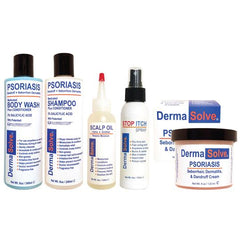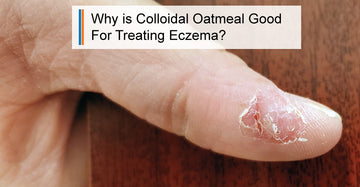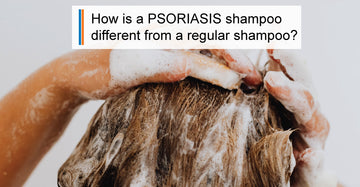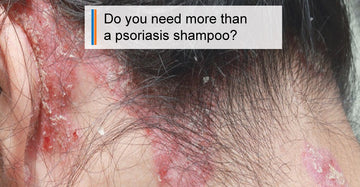
Psoriasis and Pityriasis Look Similar
Pityriasis is a common type of skin rash that is seen in young adults. It most commonly occurs between the ages of 10 and 35. Often called Pityriasis Rosea, the rash usually begins with one large circular or oval shaped spot on the back abdomen or chest. The initial spot can be up to 4 inches in diameter and is known as the herald patch. Following the herald patch smaller spots will occur. These smaller patches typically branch out from the herald spot and create a shape that looks like drooping branches of a tree.

Pityriasis is not known to spread from person to person. Doctors are not sure what causes Pityriasis but it is believed to be caused by a virus. Studies have shown that Pityriasis is not caused by an allergic reaction or by fungus or bacteria. The lesions caused by pityriasis look very similar to the red or silvery type patches that are caused by psoriasis. However, unlike psoriasis, the rash from pityriasis will eventually heal. Typically it will last anywhere from 6 weeks to several months.
In addition to the rash many people with pityriasis experience a significant amount of itching. Some people may even have some mild flu like symptoms. Pityriasis does appear to be a “one and done” type of skin condition. Once a person experiences pityriasis rosea it generally do not ever get it again in their lifetime. Psoriasis and pityriasis also have another common trait. Like psoriasis, pityriasis effects both men and women of all races equally.
Pityriasis does not require any treatment. It will actually clear and heal typically within a 90 day period. However, since the symptoms of pityriasis can be quite irritating for some individuals, topical creams or over-the-counter treatments can be used to control the itching, dryness and irritation. Since psoriasis and pityriasis have very similar symptoms many people will use the same topical treatment products used for psoriasis to treat the symptoms of pityriasis.
If you do require some relief for the symptoms of pityriasis you should consider products that moisturize well to help relieve the dryness that can cause itching. Some people may try a steroid cream like hydrocortisone but steroid creams have been known to have negative side effects if used for an extended period of time. Exposure to natural sunlight or UV light boxes can also help improve the condition. For individuals where the rash covers a larger area on their body an oatmeal bath can be very soothing.
Psoriasis and Pityriasis Do Have Things In Common
Much like psoriasis, pityriasis rosea is believed to be related to the immune system and appears to be brought on by some type of trauma to the body. Pityriasis rosea is often caused by a suppression to the immune system either from a previous illness, virus, or from extreme stress. It is common for a previous upper respiratory infection to proceed all other symptoms in 70% percent of the cases diagnosed. However, there are two very distinct differences between the two skin conditions. First, is that the patches and symptoms of psoriasis are NOT contagious and Pityriasis is known to spread from person to person. Second, there is no cure for psoriasis but pityriasis heals and never returns. In general pityriasis looks much more alarming than it really is. The prognosis for pityriasis excellent and in most cases clear even without treatment in less than 90 days.






